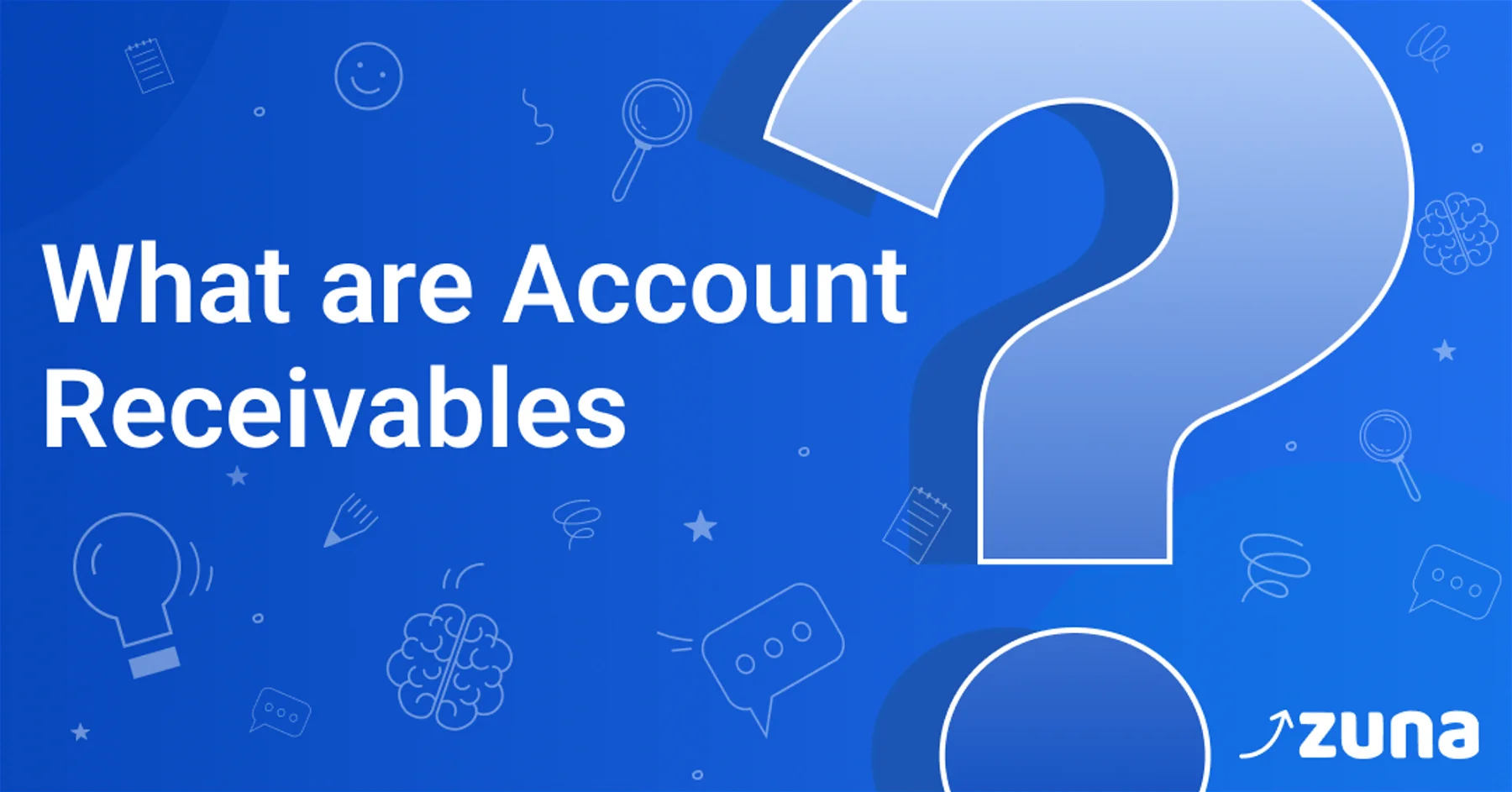In order to record accounts payable, a company will typically create a purchase invoice that lists the goods or services that have been received and the amount that is owed. The company will then record the invoice as an accounts payable in its financial records, and will pay the creditor or supplier at a later date, typically within 30 to 60 days.
To manage accounts payable, a company may use a variety of tools and processes, such as purchase orders, purchase requisitions, and vendor invoices. The company may also use software to automate the process of tracking and paying its accounts payable.
In general, it is important for a company to manage its accounts payable effectively in order to maintain good relationships with its creditors and suppliers and to avoid incurring late payment fees or other penalties.
Key Definitions
- Creditor: A creditor is a person or organization to whom money is owed. In the context of accounts payable, a creditor is typically a supplier or vendor from whom the company has purchased goods or services.
- Purchase invoice: A purchase invoice is a document that lists the goods or services that a company has received from a supplier, along with the associated costs. The purchase invoice is used to record accounts payable in the company’s financial records.
- Purchase order: A purchase order is a document that a company uses to request goods or services from a supplier. The purchase order typically includes details about the goods or services being requested, the quantity, the price, and the delivery date.
- Vendor invoice: A vendor invoice is a document that is sent by a supplier to a company, detailing the goods or services that have been provided and the associated costs. The vendor invoice is used to record accounts payable in the company’s financial records.
- Payment terms: Payment terms are the conditions under which a company is expected to pay its accounts payable. Payment terms may include the due date for payment, any discounts that are available for early payment, and any late payment fees or penalties.
- Credit period: The credit period is the length of time that a company has to pay its accounts payable. The credit period is typically agreed upon by the company and the creditor at the time of the purchase.
- Accrued expenses: Accrued expenses are expenses that a company has incurred but has not yet been billed for. These expenses are typically recorded as accounts payable in the company’s financial records.
KPIs
- Payment accuracy: Payment accuracy refers to the percentage of accounts payable that are paid on time and in the correct amount. A high payment accuracy rate indicates that the company is effectively managing its accounts payable and avoiding errors or discrepancies. This is after giving effect to TDS, GST and such other compliances.
- Payment efficiency: Payment efficiency refers to the percentage of accounts payable that are paid electronically rather than by cheque or other manual methods. A high payment efficiency rate indicates that the company is using efficient and cost-effective methods to pay its accounts payable.
- Supplier on-time payment rate: The supplier on-time payment rate is a measure of how often a company pays its accounts payable on time. A high supplier on-time payment rate indicates that the company is meeting its payment obligations and maintaining good relationships with its suppliers.
- Average payment time: Average payment time is a measure of the length of time it takes a company to pay its accounts payable. A shorter average payment time indicates that the company is paying its accounts payable more quickly.
- Days payable outstanding (DPO): DPO is a measure of how long it takes a company to pay its accounts payable. It is calculated by dividing the average accounts payable balance by the total cost of goods or services purchased and multiplying by the number of days in the period being measured. A lower DPO indicates that the company is paying its accounts payable more quickly.
- Average payment time: Average payment time is a measure of the length of time it takes a company to pay its accounts payable. A shorter average payment time indicates that the company is paying its accounts payable more quickly.
10 best practices
- Always keep a check on GST ITC – when you are a registered person, ensure the vendor is actually giving all the ITC and it’s reflecting on your portal. If not, do not pay the GST amount until the tax reflects on the portal.
- Maker Checker principle – One of the major best practices successful companies use is the maker-checker principle. Try to build a payment matrix and implement the maker-checker principle in order to ensure greater control of the accounts payable.
- Use automated tools – Try to maximize on automated payment system rather than manually disbursing the payments. Automated tools help to ensure Payment accuracy and efficiency without minimal human intervention.
- Monitor and track accounts payable: Regularly monitoring and tracking accounts payable helps ensure that payments are made on time and in the correct amount, and can help identify any issues or trends that need to be addressed.
- Take advantage of early payment discounts – If available, early payment discounts can help reduce the overall cost of goods or services purchased and improve cash flow. Many vendors provide cash discounts on early payments. Take the advantage of such schemes. If the company is cash-rich and can maintain cash and carry business, then always try to negotiate with the vendors and get discounts. Even in case of bulk purchases, try to avail of the discount schemes.
- Monitor credit periods: Monitoring credit periods can help ensure that the company is taking advantage of the maximum allowable payment time, while also avoiding late payment fees or penalties.
- Having a clear-cut workflow – Accounts payable process is technically called as the Procure to Pay (P2P). Once the company reaches a certain stage, it’s always better to implement a P2P process where each flow right from Vendor Sourcing to Payment Processing is documented and approval flow is setup.
- Use a centralized accounts payable system: A centralized accounts payable system can help ensure that all accounts payable information are accurately recorded and easily accessible. Try to minimize payments from various streams and ensure centralized processing in order to have better control over cash flows.
10 mistakes to avoid
- Not reconciling payments regularly – It is important to regularly reconcile accounts to ensure that all payments have been properly recorded and that there are no errors or discrepancies.
- Paying invoices late: Paying invoices late can result in late fees and damage to relationships with suppliers and vendors.
- Failing to check for accuracy: It is important to carefully review all invoices and supporting documentation before making a payment to ensure that everything is accurate and that the correct amount is being paid.
- Not keeping track of payment terms: It is important to keep track of payment terms and ensure that payments are made within the specified time frame.
- Not using automation: Automation can help to streamline the accounts payable process, reduce errors, and save time.
- Not having a system for approving payments: It is important to have a system in place for approving payments to ensure that all payments are properly authorized and that the necessary documentation is in place.
- Ignoring compliances if any: Compliances such as GST, TDS, etc. should not be ignored while making the payments.
Top Recommendations for Tools
- Razorpay (Ind)
- Stripe (Ind & US)
- Bill.com (US)
- Stampli (US)
- Tipalti (US)
Additional Reading




